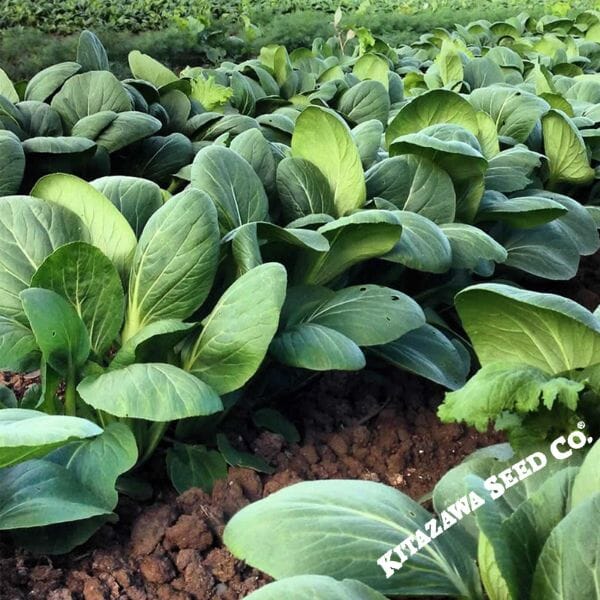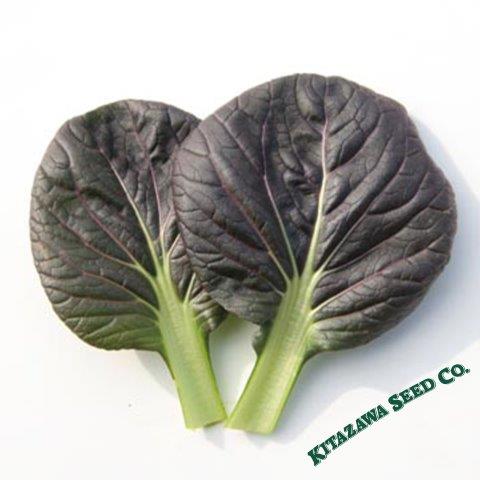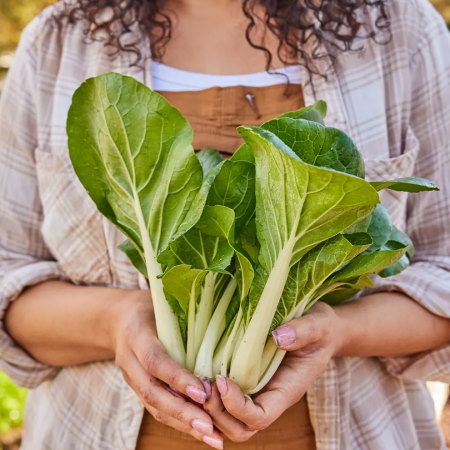How to grow bok choy – a simple cool-weather vegetable ideal for multiple harvests
Bok choy, or pak choi, can regrow after cropping, so prepare for lots of pickings
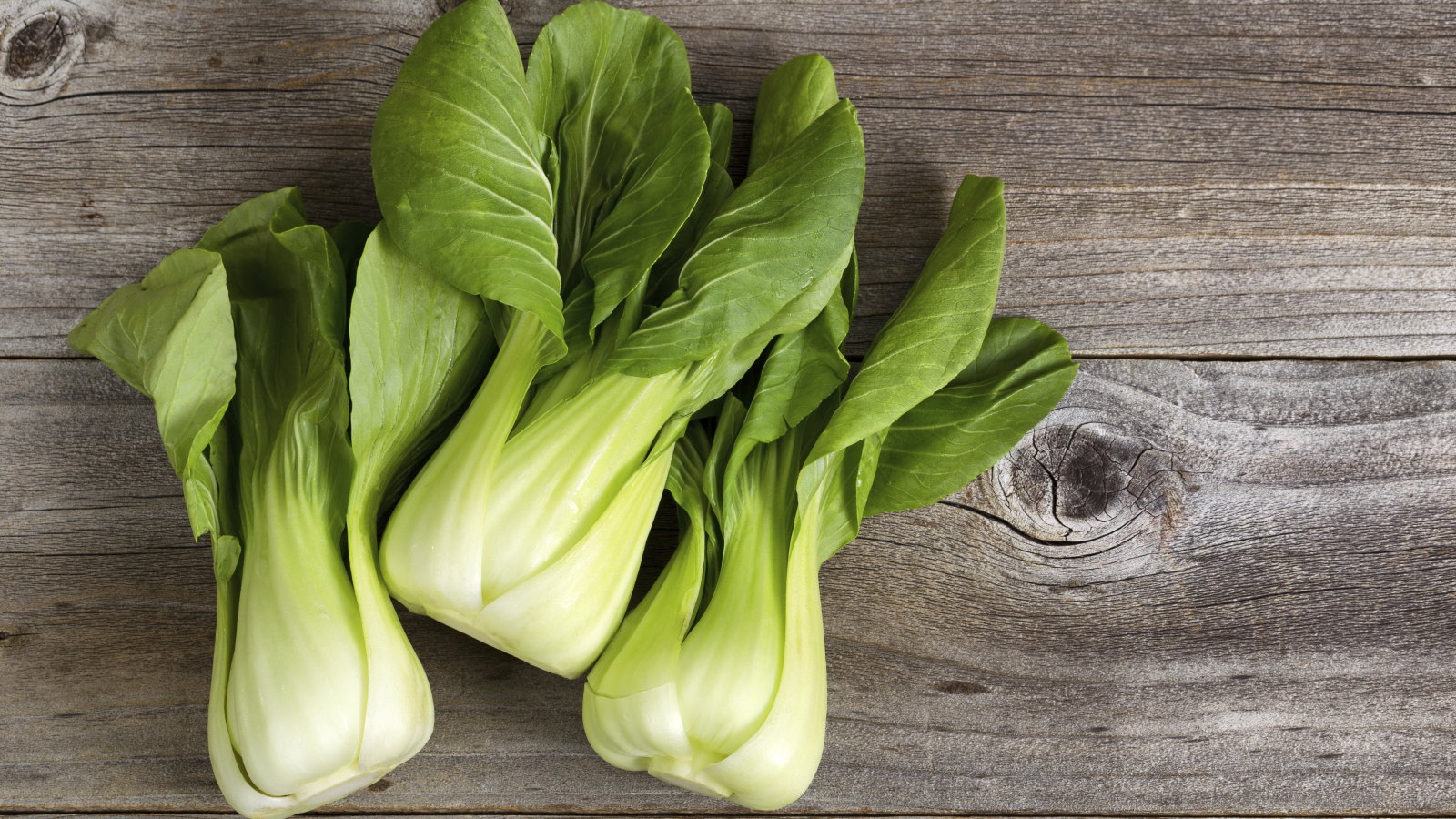

Bok choy is an attractive, versatile, and very tasty oriental vegetable that is popular in Asian recipes. Its broad, ribbed leaves, which can be white, light green, or purple, are commonly seen for sale in grocery stores, but I would recommend trying to grow it yourself at home.
That is because the vegetable, which goes by many names, is simple to grow and can provide bumper harvests of sweet, peppery leaves. As a cool-weather crop, it is a great vegetable to plant in spring and late summer or early fall in a vegetable garden.
Bok choy is a crop that I have often sown in late summer in my vegetable gardens to provide harvests throughout the colder months of late fall and early winter. I have always found it germinated reliably and is a fast-growing plant to pick as a cut-and-come-again crop for multiple harvests.
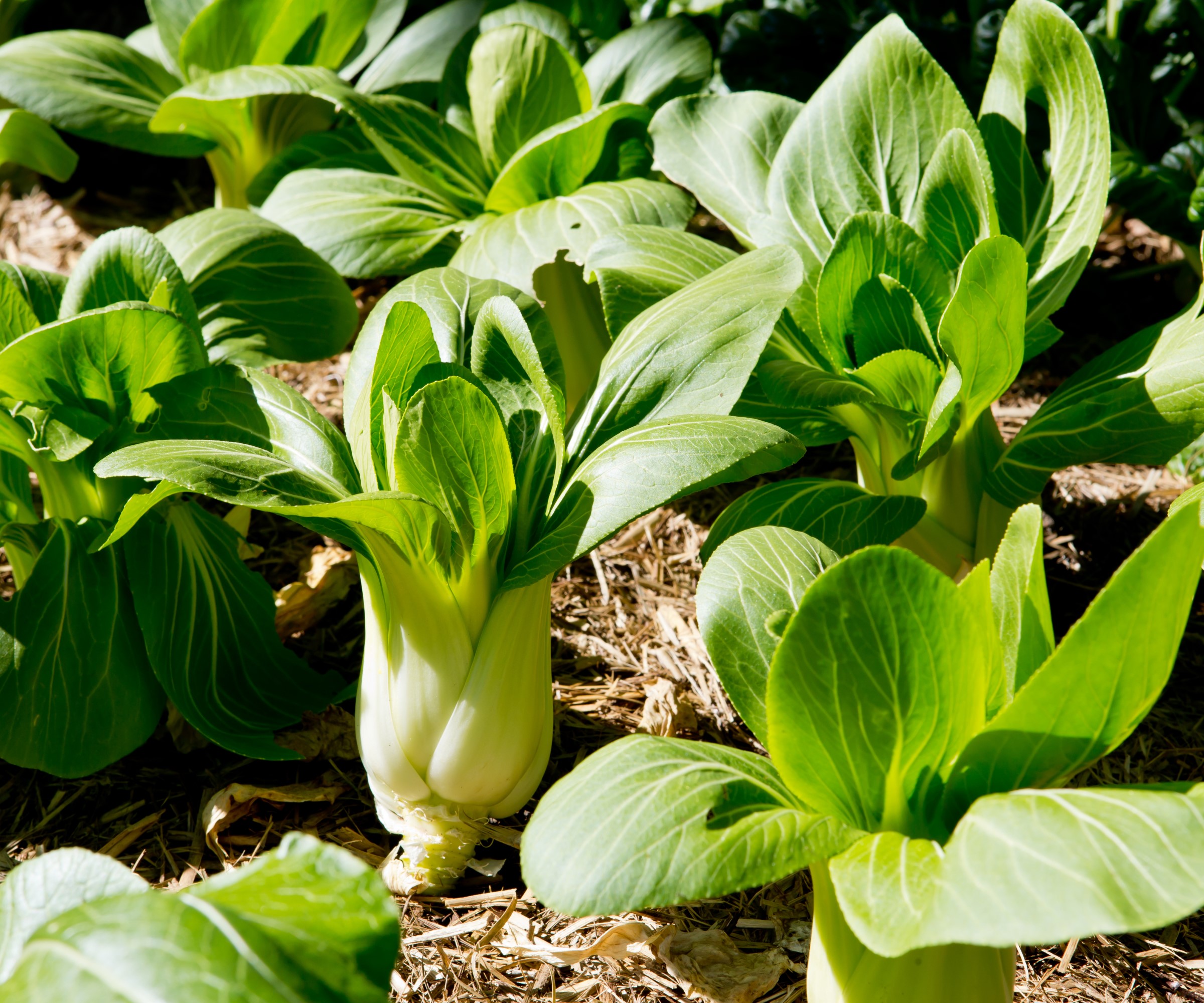
Bok choy can be eaten raw or cooked
What is bok choy?
Bok choy is a brassica plant known by many names, including pak choi and Chinese cabbage. It is grown for its stalks and the crop is used in many Asian recipes. So if you want to learn how to grow pak choi, bok choy, or Chinese cabbage, you are in the right place, as we deep-dive into this popular cabbage family member.
How to grow bok choy from seed
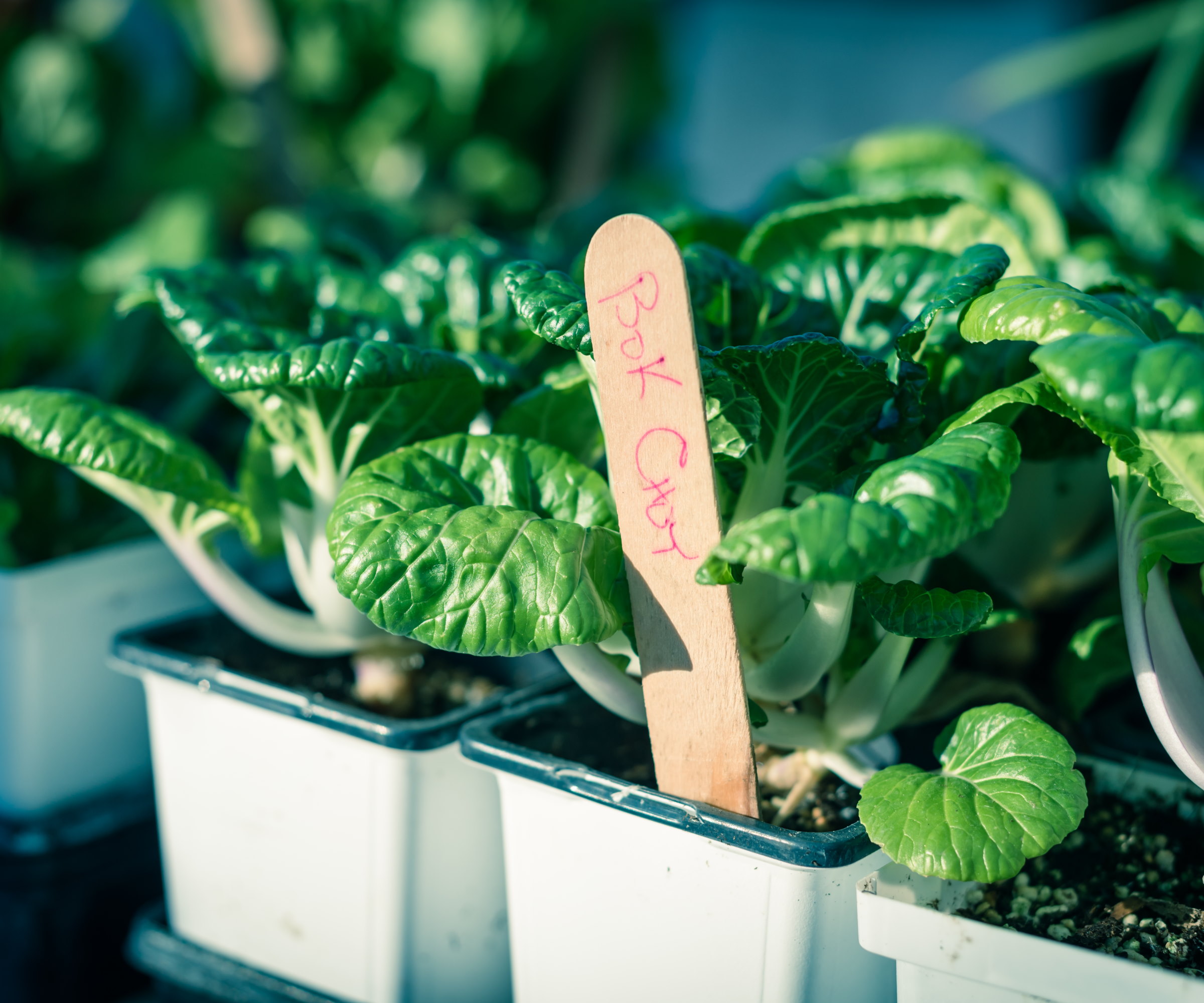
Bok choy is a quick crop to grow from seed
Bok choy is a cool-season biennial crop that can be sown multiple times throughout the year for a long harvest. Ashleigh Smith, managing editor of True Leaf Market, recommends ‘it’s best to grow bok choy in the spring and fall when the days are shorter’ as bok choy will flower and set seed when the days get longer and warmer. Bok choy prefers mild and wetter weather rather than the extreme heat of midsummer.
Bok choy can be sown indoors and outdoors in spring and the method you choose will likely depend on the last frost date in your US hardiness zone. Spring sowings indoors can start 4-6 weeks before your predicted last frost.
Sow seeds a half-inch deep into pots or trays filled with soil designed to start seeds in and germinate at temperatures of 65-70ºF. The seeds should germinate quickly and be kept moist as they develop. Harden off the young bok choy before transplanting seedlings once the risk of frost has passed.
Design expertise in your inbox – from inspiring decorating ideas and beautiful celebrity homes to practical gardening advice and shopping round-ups.
Direct sowing can be done after the last frost in spring and in late summer or early fall. I have always found it a fantastic example of a vegetable to plant in September for late fall and early winter cropping.
To sow seeds outdoors, prepare the ground by weeding and raking before sowing seeds thinly in rows around one foot apart. Thin the seedlings as they develop to around 9-12 inches apart.
Where to grow bok choy
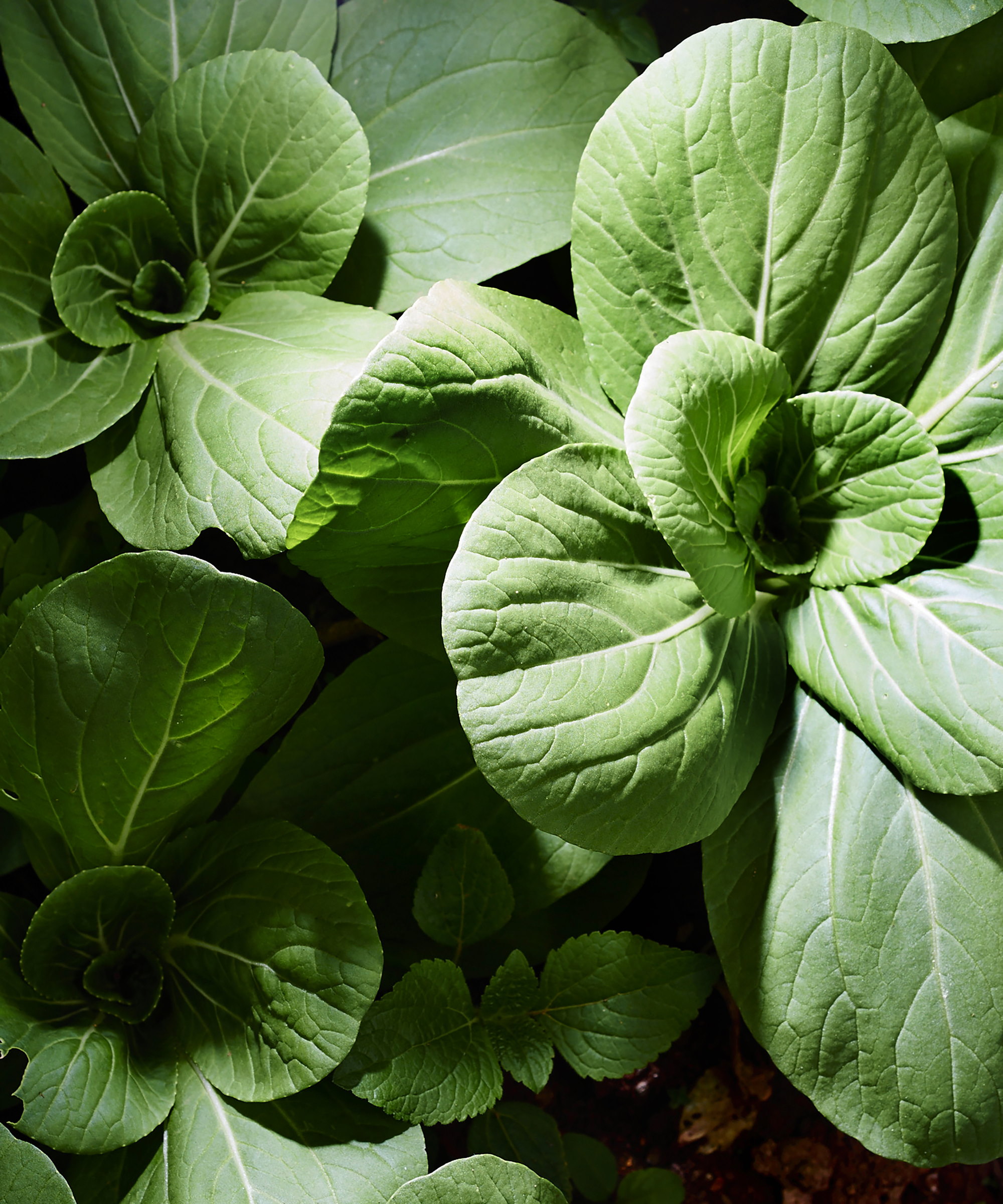
Grow bok choy in spring, late summer, or early fall
Bok choy prefers a sunny position but is also a good choice for a vegetable to grow in the shade. Ideally, it wants at least six hours of sun each day but it can tolerate as little as four hours. Planting in a part-shade spot, that gets sun in the morning and afternoon shade, can help to delay bolting in summer. However, when you plant the vegetable in fall, bok choy will benefit from being given the most sunlight possible.
The crop wants a soil type that is well-draining and fertile, with organic matter such as compost or well-rotted manure mixed in ahead of time. Bok choy is a heavy feeder and will benefit from the added nutrients from the organic matter, while incorporating it will also boost the soil structure and water-holding capacity of the soil.
As well as outdoors in the ground, bok choy can successfully grow in raised beds or containers as part of a vegetable container garden. The vegetable can also be grown in a greenhouse in fall in colder climates to provide harvests throughout winter.
Bok choy care and maintenance
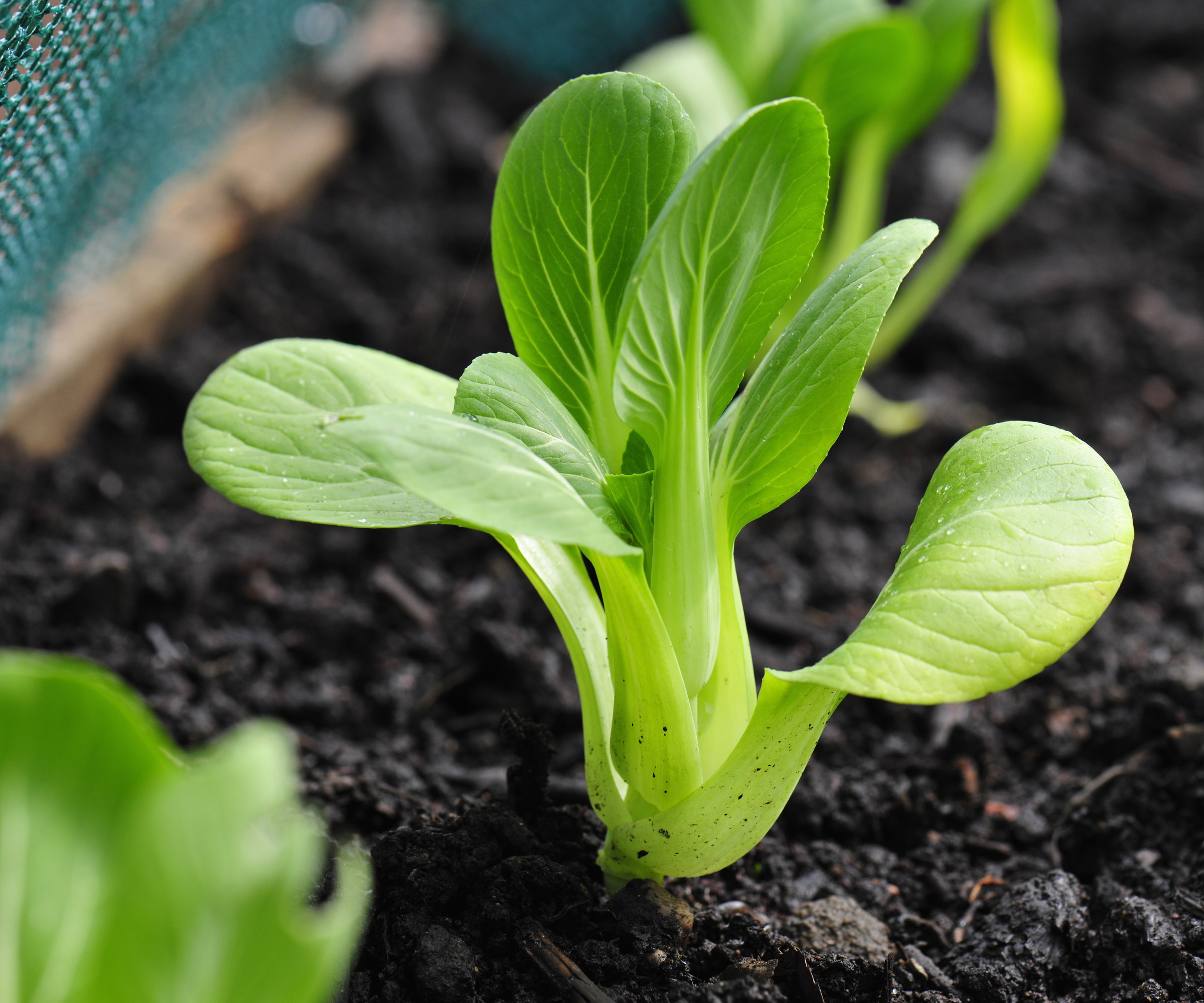
Grow bok choy in a sunny or part-shade spot
Pay close attention to watering plants, as a lack of moisture can bring forward bok choy plants bolting. The ground wants to be consistently moist, but plants do not like sitting in sodden soil. Use a soil moisture meter, available at Amazon, to check the levels and aid you in keeping the soil moist in summer.
Mulching around bok choy plants with compost or leaf mold can help retain moisture in the soil and also inhibit the growth of weeds. Unwanted plants will take water and nutrients from your crop, so keep on top of weeding and regularly run around plants with a garden hoe to eliminate weeds when they are young.
Direct sowings of bok choy will benefit from being protected from slugs and snails, who are liable to try to nibble on seedlings as they develop. There are ways to consider getting rid of slug problems, including giving seedlings a ring of gravel or grit or adding a beer trap as a slug control method.
Early and late sowings of bok choy will also benefit from being protected from cold weather by cloches or row covers, also available at Amazon. This can help to extend the growing season and give you a longer harvest of bok choy.
Ashleigh Smith from True Leaf Market recommends harvesting bok choy at the baby stage, around 30-40 days after sowing, or waiting until it is full-sized and reaches a height of 12-18 inches. The crop can be harvested in two ways, by picking individual leaves or by cutting the entire head.
Bok choy can resprout again after being cut. ‘They will grow back after being cut, but it’s important to cut them correctly,’ advises Ashleigh. ‘Trim the side leaves a few inches above the ground, leaving some loose leaves at the center (the central growing point/baby leaves). This method helps them regrow.’
Use bok choy leaves as soon as possible after harvesting, though the leaves can be stored in a refrigerator for up to a week if required.

Ashleigh Smith is the Managing Editor at True Leaf Market with a bachelor's degree in horticulture from Brigham Young University - Idaho. True Leaf Market is a nationally certified organic, non-GMO seed and horticultural company based in Salt Lake City, Utah.
How to grow bok choy in containers
Bok choy can successfully grow in pots that are at least 10-12 inches wide, with holes in the bottom for drainage. A 10-inch pot can hold one plant grown to full size and, if you want more than one plant per container, then you’ll need to double the width. The pots can be plastic, terracotta, ceramic or fabric, such as grow bags, and should be filled with a loose potting mix. Do not reuse potting soil or use garden soil in pots.
Sow some seeds directly, such as these dwarf bok choi seeds at True Leaf Market that are ideal for pots, or transplant young bok choy plants into the container and place it somewhere sunny in the backyard. Check regularly when watering plants in containers as the soil can dry out quickly.
Feeding plants in containers with a high-nitrogen fertilizer - diluted to half-strength - every few weeks can provide the nutrients needed for strong leafy growth. One option for such a feed is this fish emulsion fertilizer at Walmart.
FAQs
How long does it take for bok choy to grow?
Bok choy is a fast-growing vegetable and baby leaves are ready to harvest from 30 days after sowing the seeds. It can take 50-70 days for the crop to reach maturity, depending on the variety and the weather during the season.
Can you grow bok choy from cuttings?
Bok choy can be regrown from scraps simply. Chop off the base of the bok choy, leaving an inch or two of base that you place into a bowl filled with water. Place the container somewhere bright and change the water every few days. The base should sprout quickly and form new leaves. Once the sprouted base has leaves and roots, plant it in a pot or in the garden.
If you are after another oriental, cool-season vegetable to plant in late summer and harvest in late fall or early winter, I recommend growing daikon radish. The vegetable, also known as mooli, produces long, tapered white radish roots milder in flavor than summer radishes. Sow directly in late summer or early fall and daikon radish will be ready to harvest around 60-70 days later.

Drew’s passion for gardening started with growing vegetables and salad in raised beds in a small urban terrace garden. He has worked as a professional gardener in historic gardens and specialises in growing vegetables, fruit, herbs, and cut flowers as a kitchen gardener. That passion for growing extends to being an allotmenteer, garden blogger, and producing how-to gardening guides for websites. Drew was shortlisted for the New Talent of the Year award at the 2023 Garden Media Guild Awards.
